In the realm of power electronics, Insulated Gate Bipolar Transistors (IGBTs) and Metal-Oxide-Semiconductor Field-Effect Transistors (MOSFETs) stand out as two of the most pivotal components. These semiconductor devices are integral to the efficiency and performance of various electronic systems, ranging from consumer electronics to industrial machinery.
Despite their similar appearances and overlapping applications, IGBTs and MOSFETs differ significantly in their structure, operation, and performance characteristics. This article delves into the fundamental differences between IGBTs and MOSFETs, exploring their unique advantages and limitations, and providing insights into their respective applications in modern electronics.
Fundamentals of MOSFET and IGBT Gate Driver Circuits
Gate driver circuits are crucial components in the operation of both MOSFETs and IGBTs. These circuits provide the necessary voltage and current to switch the semiconductor devices on and off efficiently.
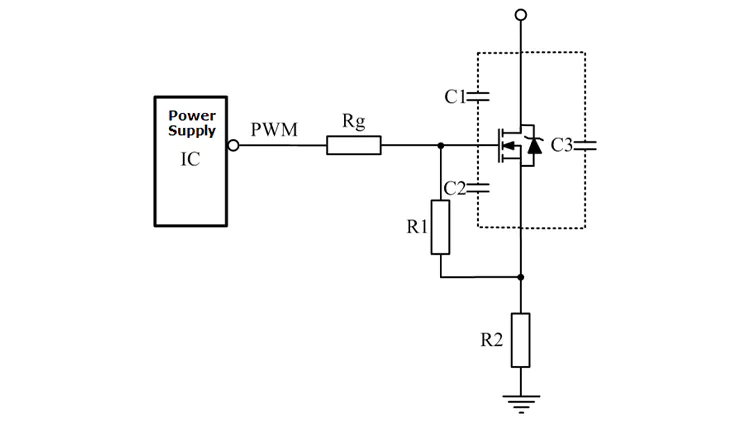
MOSFET Gate Driver Circuits
MOSFETs are voltage-controlled devices that require a certain voltage level between the gate and source terminals to turn on. The key characteristics of MOSFET gate drivers include:
- Voltage Requirements: To turn on a MOSFET, a gate-source voltage (V_GS) typically ranging from 10V to 20V is required, depending on the specific MOSFET being used. The gate driver must be able to provide this voltage quickly and reliably.
- Fast Switching: MOSFETs are known for their fast switching capabilities, which is crucial in high-frequency applications. The gate driver circuit must be able to supply and remove charge from the gate capacitance rapidly to ensure quick transitions between the on and off states.
- Protection Features: Gate driver circuits often include protection features such as under-voltage lockout (UVLO) and overcurrent protection. UVLO ensures that the driver only operates when the supply voltage is within a safe range, while overcurrent protection prevents damage due to excessive current flow.
- Isolation: In many applications, electrical isolation between the control side and the power side is necessary to protect low-voltage control circuits from high-power transients. Optocouplers or transformers are commonly used to provide this isolation.
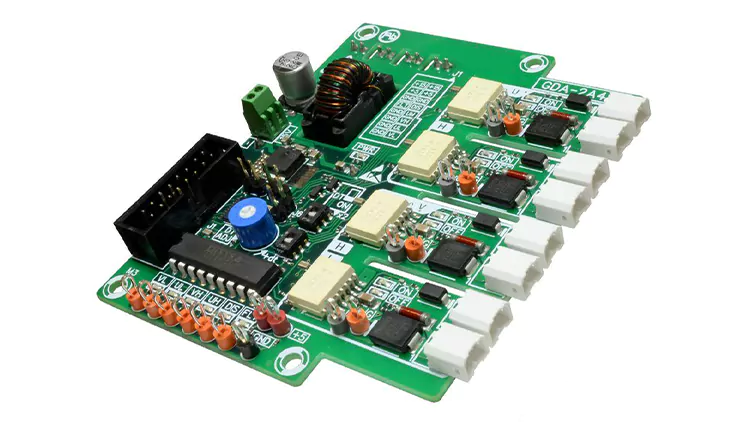
IGBT Gate Driver Circuits
IGBTs, being a combination of MOSFET and bipolar transistor technologies, are voltage-controlled like MOSFETs but require different gate drive characteristics due to their distinct structure and operating principles. Key aspects of IGBT gate drivers include:
- Voltage and Current Requirements: IGBTs require a gate-emitter voltage (V_GE) to turn on, similar to MOSFETs, typically in the range of 15V. However, IGBTs also need to handle larger gate charge due to their higher input capacitance compared to MOSFETs.
- Switching Speed: While IGBTs can switch relatively fast, they are generally slower than MOSFETs. The gate driver must manage the trade-off between switching speed and switching losses, ensuring efficient operation without excessive heat generation.
- Miller Plateau and Gate Charge: IGBTs exhibit a Miller plateau region during switching, where the gate voltage remains nearly constant while the collector current changes significantly. The gate driver must provide sufficient current to charge the gate capacitance through this plateau to ensure efficient switching.
- Negative Gate Drive: To ensure reliable turn-off and prevent false triggering due to noise or dV/dt effects, IGBT gate drivers often use a negative voltage during the off state. This negative gate drive helps keep the IGBT firmly off, improving system reliability.
- Protection and Isolation: Similar to MOSFET gate drivers, IGBT gate drivers incorporate protection features such as UVLO and overcurrent protection. Electrical isolation is also crucial to protect control circuits from high-power transients, typically achieved using optocouplers or transformers.
Difference Between IGBT and MOSFET
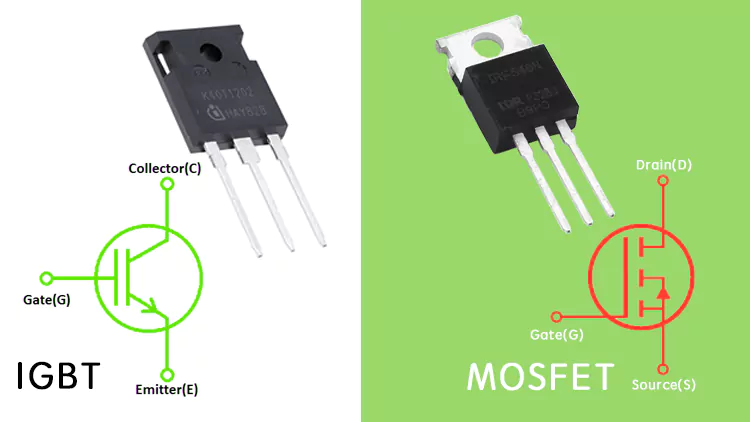
IGBTs (Insulated Gate Bipolar Transistors) and MOSFETs (Metal-Oxide-Semiconductor Field-Effect Transistors) are both essential components in power electronics, but they have distinct differences that make them suitable for different applications. These differences can be understood by comparing their structure, operating principles, performance characteristics, and typical applications.
1. IGBT Versus MOSFET: Structure
- MOSFET: MOSFETs are composed of three layers: the source, drain, and gate. The gate is insulated from the other two layers by a thin layer of silicon dioxide, forming a metal-oxide-semiconductor structure. This insulation allows the gate to control the flow of current between the source and drain by applying a voltage.
- IGBT: IGBTs combine the structure of a MOSFET and a bipolar junction transistor (BJT). They consist of four layers (PNPN) with a gate, emitter, and collector. The gate is insulated similar to a MOSFET, but the current conduction mechanism involves both electrons and holes, which is characteristic of BJTs.
2. MOSFET vs IGBT: Operating Principle
- MOSFET: MOSFETs are voltage-controlled devices where the gate voltage controls the current flow between the drain and source. When a voltage is applied to the gate, it creates an electric field that allows electrons to flow through the channel, thus turning the device on.
- IGBT: IGBTs are also voltage-controlled but operate using both voltage and current mechanisms. The gate voltage controls the flow of carriers (electrons and holes) in the semiconductor material, leading to current conduction between the collector and emitter.
3. IGBT vs MOSFET: Switching Speed
- MOSFET: MOSFETs have faster switching speeds compared to IGBTs. This is due to their purely electronic conduction mechanism, which allows for rapid changes in the gate voltage to control the current flow. They are ideal for high-frequency applications such as switching power supplies and RF amplifiers.
- IGBT: IGBTs have slower switching speeds because they involve both electrons and holes in the conduction process. The recombination of these carriers takes time, leading to slower transitions. However, they are capable of handling higher voltages and currents, making them suitable for medium to high-power applications.
4. MOSFET Versus IGBT: On-State Voltage Drop
- MOSFET: The on-state voltage drop in MOSFETs is relatively low and is mainly due to the resistance of the channel. This low voltage drop leads to lower conduction losses, which is advantageous in low to medium-power applications.
- IGBT: IGBTs have a higher on-state voltage drop compared to MOSFETs because of the voltage drop across the bipolar junction. This results in higher conduction losses, but the ability to handle higher power levels often outweighs this drawback in high-power applications.
5. Compare IGBT and MOSFET: Thermal Performance
- MOSFET: MOSFETs generally have better thermal performance at high frequencies because they generate less heat during switching due to their lower switching losses. However, they may require additional cooling mechanisms for high-current applications.
- IGBT: IGBTs, while having higher conduction losses, can handle larger current and voltage levels, often making them more suitable for applications where heat dissipation is a concern. They are typically more robust in terms of thermal performance in high-power applications.
6. Difference Between IGBT and MOSFET: Applications
- MOSFET: Due to their high switching speed and low on-state resistance, MOSFETs are commonly used in applications such as DC-DC converters, switching power supplies, motor drivers, and RF amplifiers.
- IGBT: IGBTs are preferred in applications that require handling high voltages and currents, such as inverters, motor drives, uninterruptible power supplies (UPS), and electric vehicle (EV) powertrains. Their ability to efficiently manage high power levels makes them ideal for these uses.
Advantages of IGBT Over MOSFET
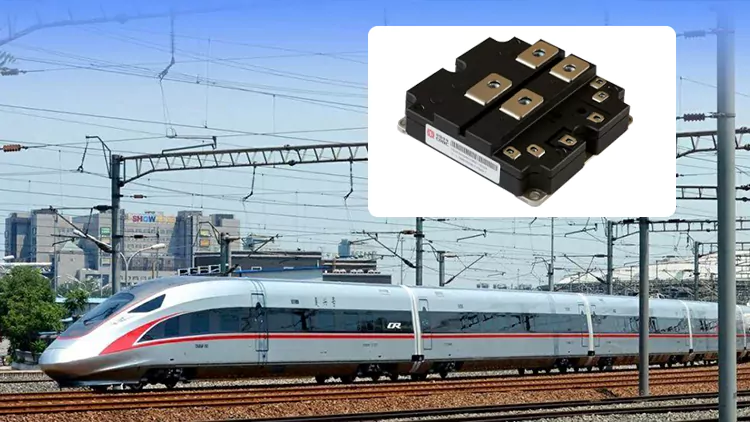
While both IGBTs and MOSFETs have their own strengths and are suitable for different applications, IGBTs offer several advantages over MOSFETs, particularly in high-power and high-voltage scenarios. Here are some of the key advantages of IGBTs over MOSFETs:
1. Higher Voltage Handling Capability
IGBTs are designed to handle higher voltages more efficiently than MOSFETs. This makes them ideal for applications where high voltage operation is critical. Typical IGBT voltage ratings can range from 600V to over 3,000V, whereas MOSFETs are usually limited to lower voltage ranges. This higher voltage handling capability makes IGBTs suitable for use in power grids, industrial motor drives, and electric vehicle inverters.
2. Lower Conduction Losses at High Currents
Although IGBTs have a higher on-state voltage drop compared to MOSFETs, they tend to have lower conduction losses at high current levels. This is due to the bipolar conduction mechanism in IGBTs, which allows them to conduct large amounts of current more efficiently. This advantage is particularly beneficial in applications that involve continuous high current operation, such as industrial motor drives and electric locomotives.
3. Superior Thermal Stability
IGBTs exhibit better thermal stability and robustness compared to MOSFETs. They can operate effectively at higher junction temperatures, which enhances their reliability and performance in high-power applications. This thermal stability allows IGBTs to handle larger power dissipation without significant degradation, making them suitable for harsh environments and applications requiring prolonged high power operation.
4. Better Performance in Low to Medium Frequency Applications
In applications where the switching frequency is relatively low to medium (up to several kHz), IGBTs perform exceptionally well. They provide efficient switching and lower overall power losses in these frequency ranges compared to MOSFETs. This makes IGBTs an excellent choice for applications like AC motor drives, induction heating, and renewable energy inverters.
5. Cost-Effectiveness in High Power Applications
For high-power applications, IGBTs are often more cost-effective than MOSFETs. While MOSFETs require larger die sizes and more complex structures to handle high power levels, IGBTs can achieve the same performance with a simpler and smaller structure. This translates to lower manufacturing costs for IGBTs, making them more economical for use in high-power applications like industrial inverters and high-voltage DC transmission systems.
6. Robustness Against Voltage Spikes
IGBTs are generally more robust against voltage spikes and transients compared to MOSFETs. Their ability to withstand over-voltage conditions without significant performance degradation or failure makes them more reliable in applications where voltage spikes are common. This robustness is particularly important in power grid applications, where voltage fluctuations can be frequent and potentially damaging.
Applications of IGBT and MOSFET
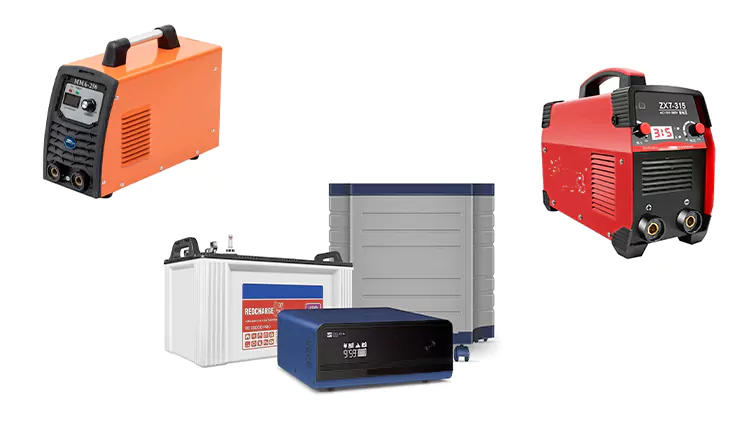
IGBT vs MOSFET Inverter
IGBT Inverter: IGBTs are preferred in high-power inverter applications due to their ability to handle high voltages and currents efficiently. They provide robust performance and are suitable for industrial motor drives, renewable energy systems, and electric vehicle inverters.
MOSFET Inverter: MOSFETs are ideal for inverters in low to medium power applications where high switching speed is crucial. They offer lower conduction losses and are commonly used in portable power supplies, consumer electronics, and small-scale renewable energy systems.
IGBT vs MOSFET Plasma Cutter
IGBT Plasma Cutter: IGBTs are widely used in plasma cutters for their high current and voltage handling capabilities, providing stable and efficient cutting performance. They are suitable for industrial-grade plasma cutters that require robust and reliable operation.
MOSFET Plasma Cutter: MOSFETs in plasma cutters offer fast switching speeds and are suitable for lower power, precise cutting tasks. They are often used in smaller, portable plasma cutters for detailed and intricate cutting requirements.
IGBT vs MOSFET Welding Machine
IGBT Welding Machine: IGBTs are preferred in welding machines for their high current and voltage capabilities, providing efficient and stable welding performance. They are used in industrial welding machines that require high reliability and robust operation.
MOSFET Welding Machine: MOSFETs are suitable for welding machines that require fast switching and precise control. They are often used in smaller, portable welding machines designed for detailed and lighter welding tasks.
IGBT vs MOSFET Switching Speed
IGBT Switching Speed: IGBTs switch slower than MOSFETs due to their bipolar conduction mechanism. They are typically used in applications where switching speed is less critical, but high power handling is necessary.
MOSFET Switching Speed: MOSFETs excel in high-speed switching applications because they are purely voltage-controlled devices. They are ideal for high-frequency applications like RF amplifiers, switching power supplies, and DC-DC converters.
MOSFET vs IGBT Switching Frequency
MOSFET Switching Frequency: MOSFETs can operate at higher switching frequencies due to their fast switching capabilities. They are suitable for high-frequency applications like RF amplifiers and switching power supplies.
IGBT Switching Frequency: IGBTs operate at lower switching frequencies compared to MOSFETs but are efficient in high-power applications. They are used in scenarios where high current and voltage handling are more critical than switching speed.
Si IGBT vs SiC MOSFET vs SiC IGBT
Si IGBT vs SiC MOSFET
Si IGBT: Silicon IGBTs are widely used in high-power applications due to their cost-effectiveness and reliable performance. They are suitable for industrial motor drives, power grids, and electric vehicle inverters.
SiC MOSFET: Silicon Carbide (SiC) MOSFETs offer better efficiency, lower switching losses, and higher temperature operation compared to traditional Si IGBTs. They are ideal for advanced and high-frequency power electronics applications.
SiC IGBT vs SiC MOSFET
SiC IGBT: SiC IGBTs combine the high power handling of traditional IGBTs with the superior performance of SiC technology, providing efficient operation at high voltages and currents.
SiC MOSFET: SiC MOSFETs offer even better performance than SiC IGBTs, with lower switching losses and higher efficiency. They are suitable for the most demanding high-frequency and high-temperature power electronics applications.
FAQs of IGBT and MOSFET
Which is Better IGBT or MOSFET?
The choice between IGBT and MOSFET depends on the specific application requirements:
IGBTs: Better suited for high-voltage, high-current applications such as industrial motor drives, power grids, and electric vehicle inverters. They offer superior thermal stability, robustness, and cost-effectiveness in high-power scenarios.
MOSFETs: Ideal for high-speed, low to medium-power applications such as switching power supplies, RF amplifiers, and DC-DC converters. They offer faster switching speeds and lower conduction losses at lower currents.
Why is IGBT Preferred Over MOSFET?
IGBTs are preferred over MOSFETs in certain applications due to their:
Higher Voltage Handling: IGBTs can efficiently handle higher voltages, making them suitable for applications requiring high voltage operation.
Lower Conduction Losses at High Currents: At high current levels, IGBTs exhibit lower conduction losses compared to MOSFETs, improving overall efficiency.
Superior Thermal Stability: IGBTs can operate effectively at higher junction temperatures, providing better performance and reliability in high-power applications.
Robustness Against Voltage Spikes: IGBTs are more robust against voltage spikes and transients, ensuring reliable operation in environments with frequent voltage fluctuations.
Why Do We Use MOSFET Instead of IGBT?
MOSFETs are used instead of IGBTs in applications that require:
Fast Switching Speeds: MOSFETs switch faster than IGBTs, making them ideal for high-frequency applications such as switching power supplies and RF amplifiers.
Lower Power Requirements: For low to medium power applications, MOSFETs offer lower on-state resistance and conduction losses, making them more efficient.
Precision and Control: In applications that require precise control and rapid switching, MOSFETs are preferred due to their purely electronic conduction mechanism.
High-Frequency Applications: MOSFETs excel in high-frequency applications where fast switching is crucial for performance.
Conclusion
Understanding the differences between IGBTs and MOSFETs, as well as their respective advantages and applications, is crucial for designing efficient power electronics systems. While IGBTs excel in high-power, high-voltage applications due to their robust performance and cost-effectiveness, MOSFETs are preferred for their fast switching speeds and efficiency in low to medium power scenarios.
Advanced technologies such as SiC MOSFETs and SiC IGBTs further enhance the performance capabilities of these devices, offering better efficiency, lower switching losses, and higher temperature operation. Selecting the right component—whether it’s a traditional silicon device or a cutting-edge silicon carbide one—depends on the specific requirements of the application, including power level, switching frequency, and environmental conditions.
Ultimately, both IGBTs and MOSFETs play vital roles in modern power electronics, each providing unique benefits that can be leveraged to achieve optimal system performance and reliability.